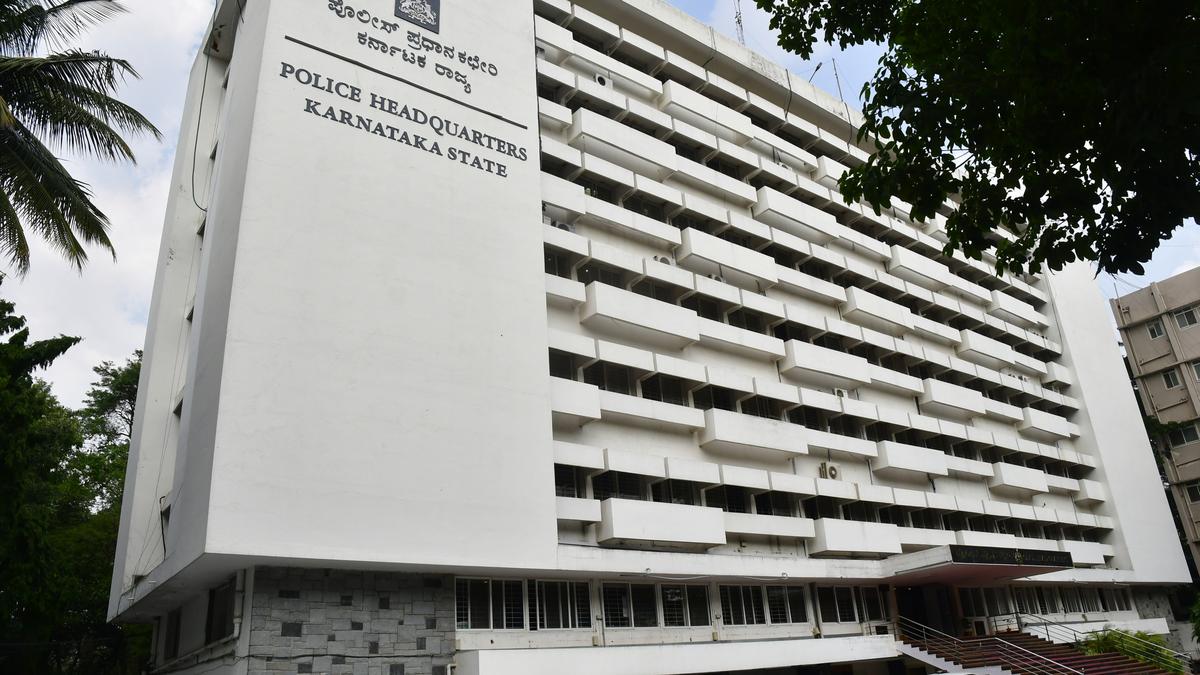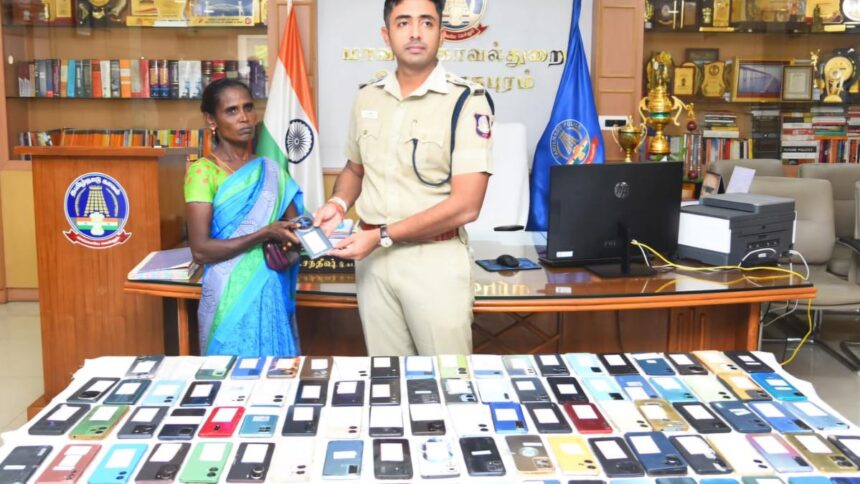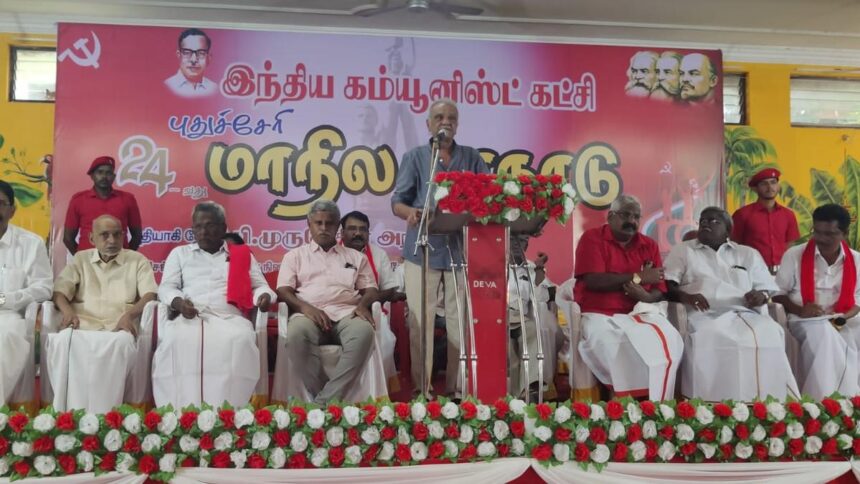As of June 2025, Karnataka had a total of 39,698 rowdies, according to data accessed by The Hindu. Of these, Bengaluru accounts for 6,249, more than three times the number in Kalaburagi, which has the second-highest count at 1,934.
Out of the total, 23,016 are classified as active rowdies while the remaining have had no recent cases.
Bengaluru and Kalaburagi also lead in terms of active rowdies, with 6,210 and 1,475 individuals, respectively. They are followed by Ramanagara with 952, Hassan with 883, and Tumakuru with 856.
In response to the growing concern over rowdyism and its impact on law and order, the Karnataka Police have pledged to crack down on such elements through stringent measures.
Three major measures have been implemented statewide: invoking the Karnataka Control of Organised Crime Act (KCOCA), applying the Goonda Act, and initiating externment proceedings against rowdies. Additionally, individual districts have adopted their own strategies to curb the menace.
For instance, in Hubballi-Dharwad, Police Commissioner N. Shashi Kumar has been conducting frequent rowdy parades and externing repeat offenders. This effort is reflected in the numbers. Police in the region externed 84 rowdies in 2025, the highest among all districts. Across Karnataka, police have externed 1,800 individuals over the past three years.
In contrast, Bengaluru police invoked KCOCA against more than 90 individuals in 2024, resulting in their imprisonment. Former Bengaluru police commissioner B. Dayananda had launched a crackdown on ‘out of view’ (OV) rowdies to improve monitoring. OV rowdies are those who have evaded routine police checks, or gone off the radar. However, technically, individuals listed under rowdy sheets are not supposed to be classified as OVs, since their purpose is to enable constant surveillance. The OV list is typically used for those involved in thefts.
Bengaluru police traced over 750 OV rowdies between 2023 and 2025, significantly improving surveillance and enforcement.
S. Girish, Deputy Commissioner of Police (West Division), told The Hindu that monitoring at the station level has improved significantly. “We maintain A, B, and C lists of rowdies to ensure better tracking. Crime constables and sub-inspectors coordinate regularly, and report updates to the inspector,” he said.
The ‘A’ list is for rowdies active for a longer duration. The ‘B’ list consists of rowdies committing crimes out of the jurisdiction in which they are listed as rowdies. A ‘C’ list is maintained to monitor budding rowdies.
Police in Bengaluru also maintain preventive action records by collecting formal undertakings from rowdy sheeters.
In other districts, more traditional methods are being used.
Tumakuru Superintendent of Police Ashok Venkat said his department is consistently acting on warrants, and has reinforced the role of beat officers to keep rowdies in check.
“We are monitoring rowdies on a regular basis and have initiated externment proceedings against habitual offenders. Although invoking the Goonda Act is a complex process, we are committed to using it where necessary,” he said.
Published – July 21, 2025 11:21 am IST






















